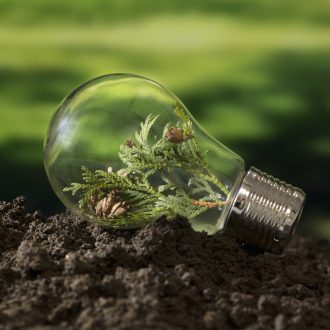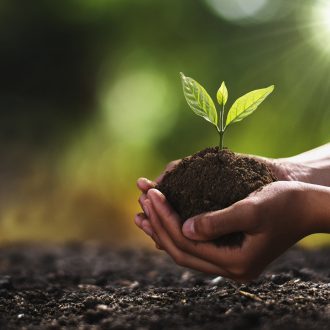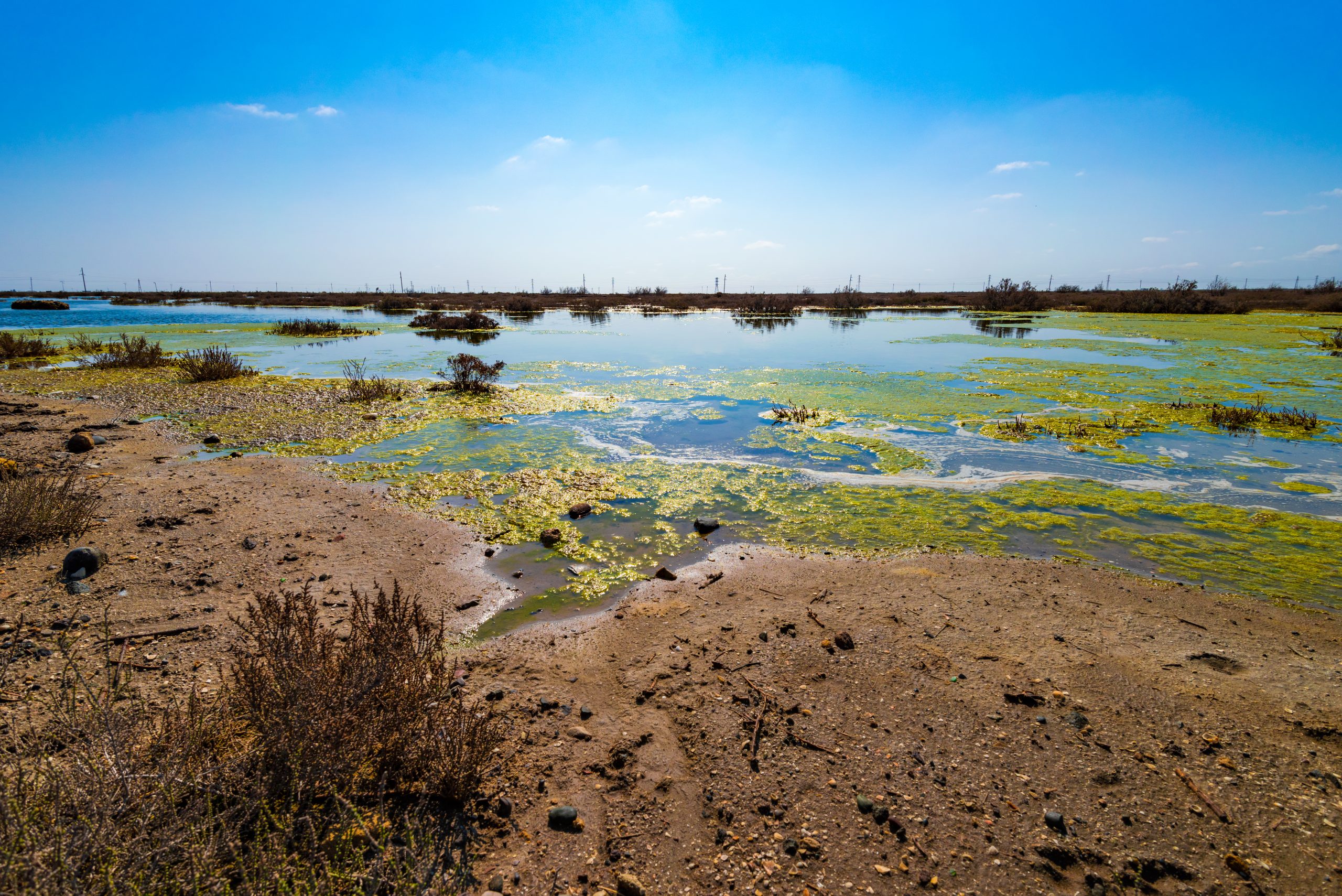
Water quality is increasingly becoming a top priority for the state of Florida. The Florida Department of Environmental Protection (FDEP) performs algae bloom water sampling and produces a public report weekly. The latest reports indicate relatively low traces of various blue-green algae. Reflecting to this time last year, many of the state’s reports showed satellite imagery of Florida’s infestation of Algae Blooms taking place.
Stated clearly by the Earth Observatory, “increased sunlight, nutrient runoff, and wind-driven upwelling can create ideal conditions for massive blooms of floating plant-like phytoplankton.” It is clearly known that red tide, or algae blooms, can occur naturally. Last year, the Florida west coast experienced an unusual increase in levels of a unique bloom called Karenia brevis.
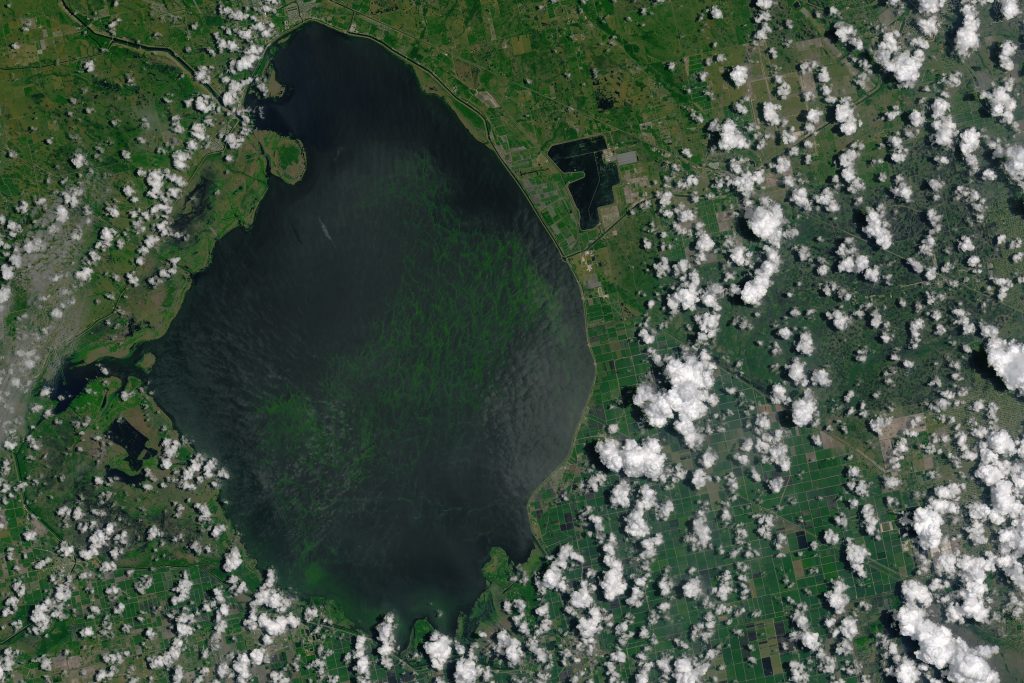
There were many factors that contributed to last year’s toxic algae, or red tide problem. We clearly understand that algae blooms are mostly a natural result of the movement of certain ocean currents and fluctuating sea water temperatures. Additionally, we also have found that coastal water pollution and human activities quickly can exacerbate specific nutrient levels in our oceans causing a negative impact. Red tide is the result of a bloom of toxic algae created usually by an overabundance of nutrients in the water. Although these types of occurrences can be natural, the red tide at this extreme is often blamed on runoff from agricultural and other human convened activity.
The state of Florida DEP website and states their mission is “to create strong community partnerships, safeguard Florida’s natural resources, and enhance its ecosystems”. KCI’s mission has many similarities and directly aligns to performing practical services and solutions to help protect our ecosystem.
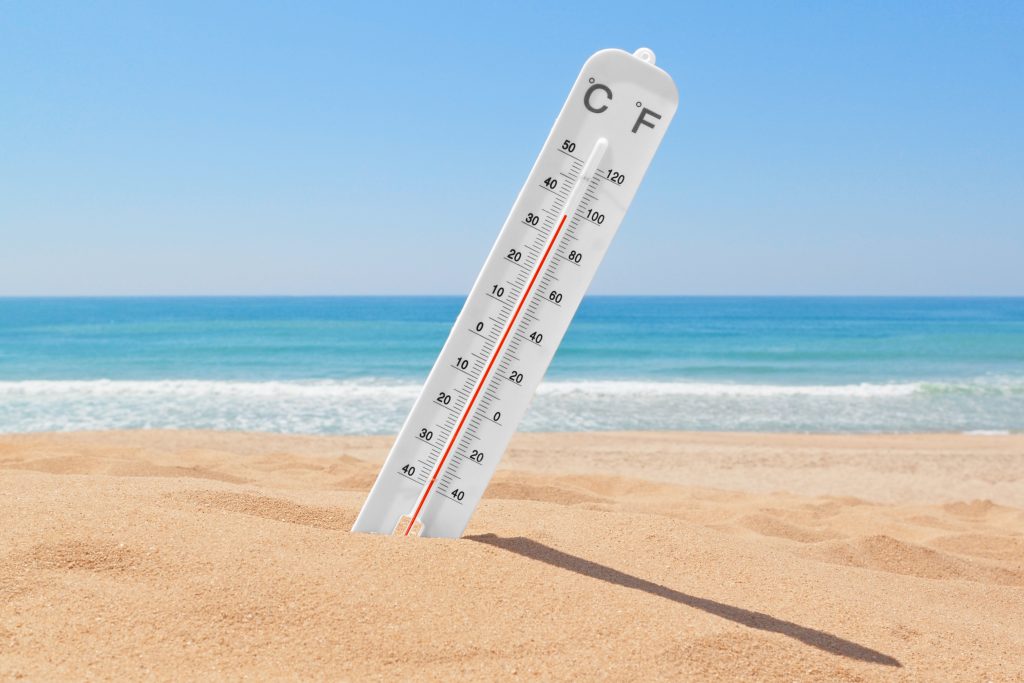
August and September in Florida are probably the hottest time of the year. With hot temperatures and abundant sunlight, these months become the prime breeding time for toxic red tide. The summer also brings storms that have the potential to deliver increase nutrients into waterways through stormwater runoff.
Runoff from rainstorms can collect pollutants like sediment and various chemicals and then carried into storm drains leading directly into waterbodies. Just being aware that stormwater contamination can end up going into our rivers, lakes, and ultimately the ocean, is the first step in making an impact to increase better water quality, and potentially reduce toxic algae. KCI is here to help, call us today 888-346-7779.


